Publications
Categories
- (34)
- (9)
- (3)
- (145)
- (18)
- (7)
- (5)
- (8)
- (9)
- (17)
- (2)
- (104)
- (7)
- (15)
- (7)
- (2)
- (1)
- (6)
- (155)
- (20)
- (2)
- (5)
- (111)
- (35)
- (11)
- (4)
- (59)
- (18)
- (3)
- (7)
- (62)
- (18)
- (5)
- (24)
- (7)
- (12)
- (1)
- (2)
- (2)
- (1)
- (1)
- (14)
- (13)
- (4)
- (6)
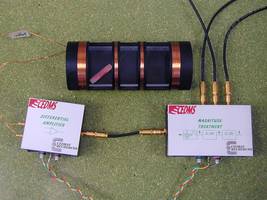
Magnetic resonant sensors for remote identification of objects
19 June 2023
This article deals with the use of Magnetic Resonant Sensors (M.R.S) for the realisation of an identification system. Nowadays, the market of I.D. systems evolves versus magnetic tags as they bring some advantages like remote identification and removal of the need of handling.
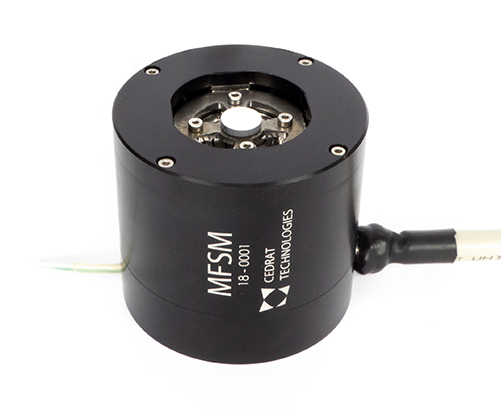
Magnetically actuated fast steering mirrors
19 June 2023
Free-Space Optics (FSO) for optical communication request new compact low-power high-stroke high-bandwidth Fast
Steering Mirrors (FSM). To address this need, CEDRAT TECHNOLOGIES has developed a Magnetically-actuated Fast
Steering Mirror called M-FSM, taking heritage of its MICA™ actuators. This FSM offers Rx Ry strokes larger than +/-
2° with a 250Hz bandwidth when tilting a 31mm diam mirror. Requested power is minimized leading to low heating.
Vibration tests have been performed to define first limits and conditions for the M-FSM to bear external vibrations. Large
bandwidth closed loop control is achieved using integrated eddy current sensor and a state feedback-based controller.
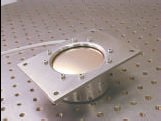
Study of a dome shaped PVDF loudspeaker
2 March 2020
PVDF loudspeakers are used for some applications in audio and could be used for applications in active control where light structures are needed, for example in aeronautics. For all these applications, it is necessary to be able to predict the acoustic response of such systems in order to help the designer. Some papers propose models for calculating the acoustic pressure radiated by these loudspeakers.
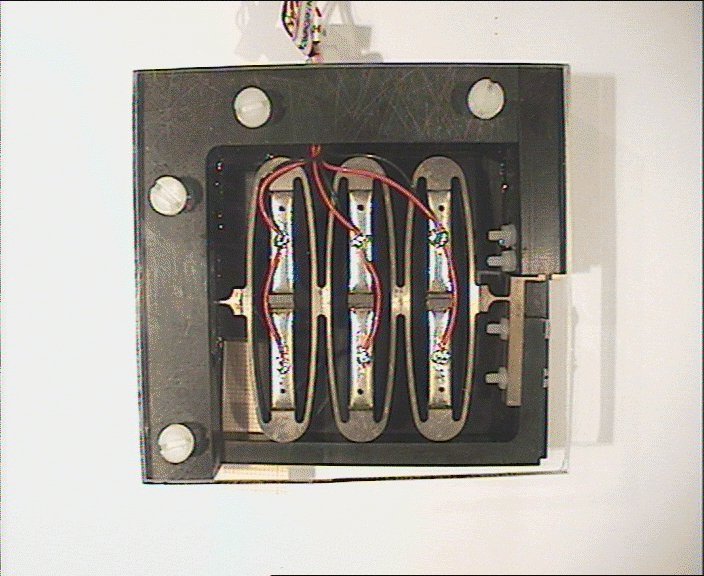
Super amplified piezo actuator
19 June 2023
MICROMEGA DYNAMICS is a spin-off company of the “Université Libre de Bruxelles” (ULB), Department of Mechanical Engineering and robotics of Pr PREUMONT. This department created in 1989, is specialized in the modeling and control of mechatronic systems and in the active control of vibrations.
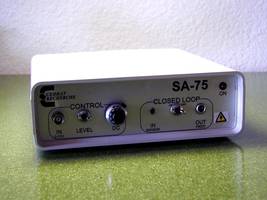
Supply electronics for piezo actuators & motors
19 June 2023
In previous editions of Flux Magazine, we have presented some of the range of piezo actuators developed by CEDRAT RECHERCHE. These actuators cover a whole range of displacements from a few centimetres to sub-micrometric distances and from low to ultrasonic frequencies.The fields of application are expanding rapidly and use the latest developments in electronics for their power supply and control.
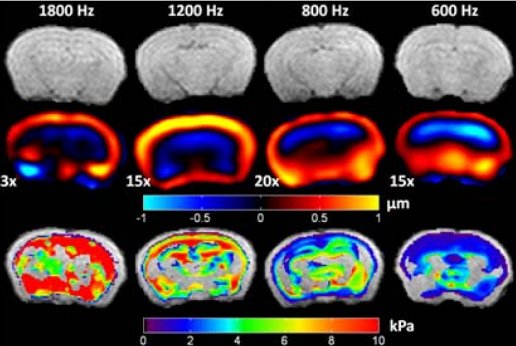
Frequency Dependence of Mouse Brain Tissue Stiffness Measured in vivo with MR Elastography
19 June 2023
Magnetic resonance elastography (MRE) is a non-invasive imaging technique for quantitative measurement of the mechanical properties of biologic tissue in vivo [1]. The clinical interest in MRE has largely been driven by the direct relationship between tissue health and stiffness. As a result, MRE may provide significant clinical value for the non-invasive diagnosis of pathology and response to therapy by tracking tumor development and monitoring therapeutic response. MRE may also have considerable value in the development of treatment protocols in pre-clinical, rodent models of cancer. Because of cost and versatility, the mouse, in particular, is widely employed in oncologic studies. To resolve its small anatomic features, MRE experiments in mice must be performed with high driving frequencies (>600 Hz). However, high-frequency waves exhibit increased attenuation, reducing wave penetration depth and making it more difficult to impart motion deep into tissue with sufficient amplitude to overcome background noise. Also, biologic tissue is viscoelastic; hence, its response to load depends on the driving frequency. Recent MRE studies in mouse brain have been performed in high-field scanners (7 – 11.7T) at single driving frequencies of 1000 and 1200 Hz [2,3]. Here, we perform elastography in mouse brain tissue at 4.7T and report viscoelastic material properties over a range of driving frequencies (600 – 1800 Hz).


